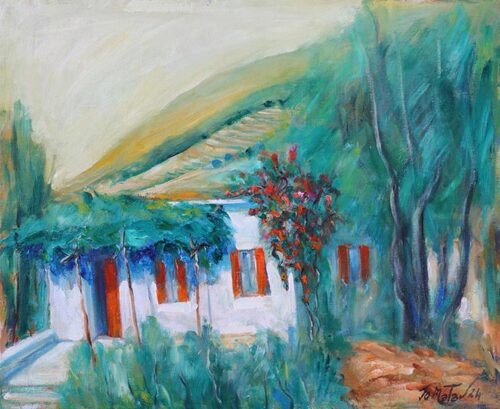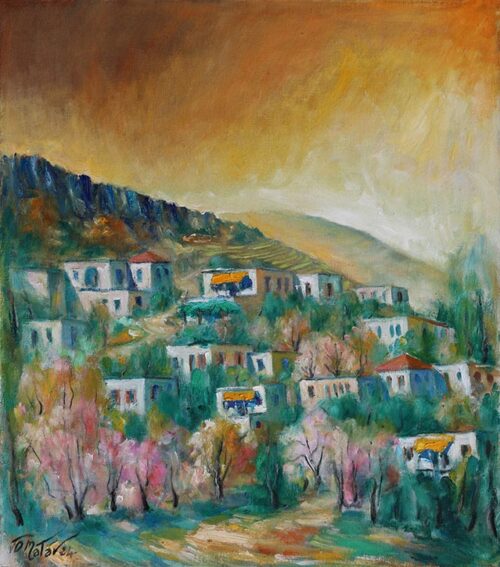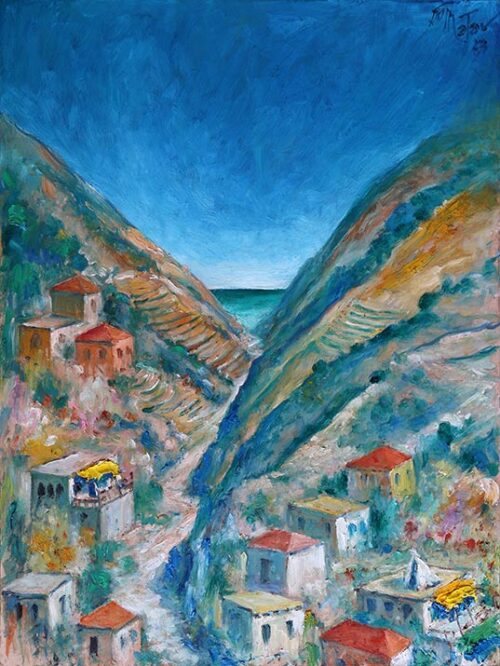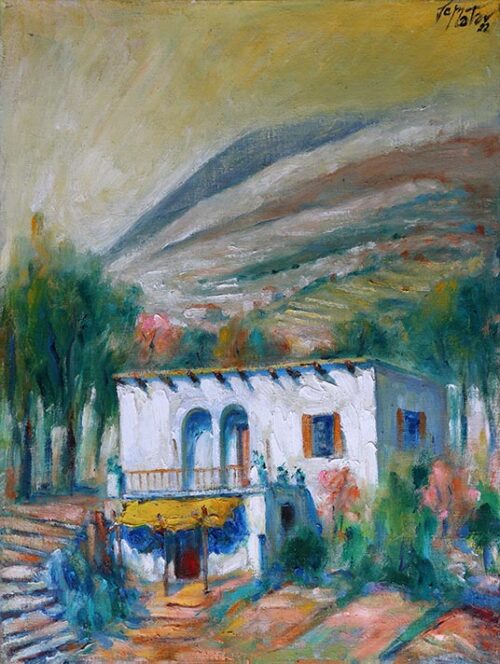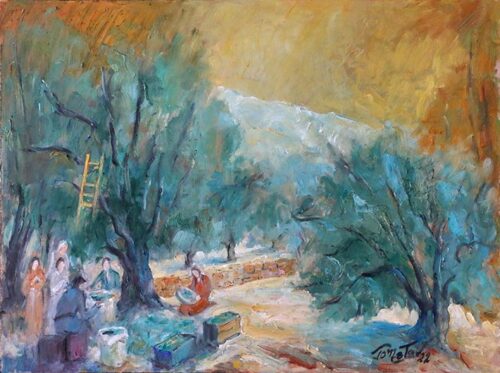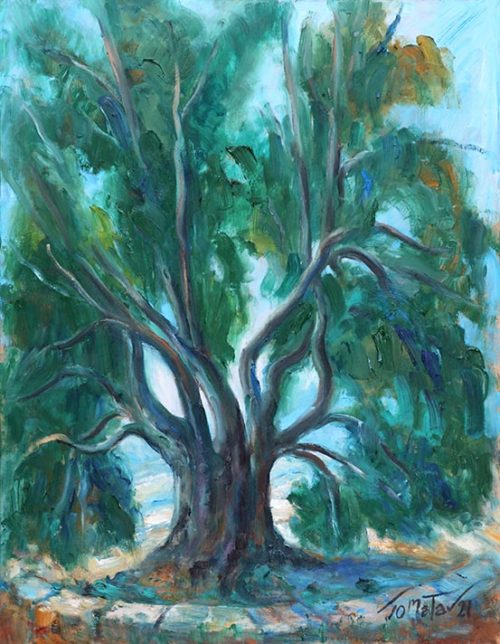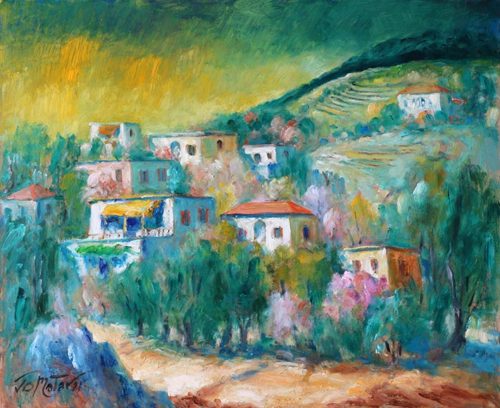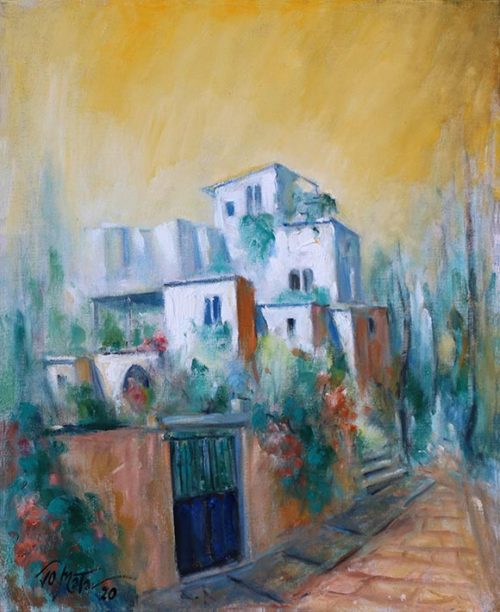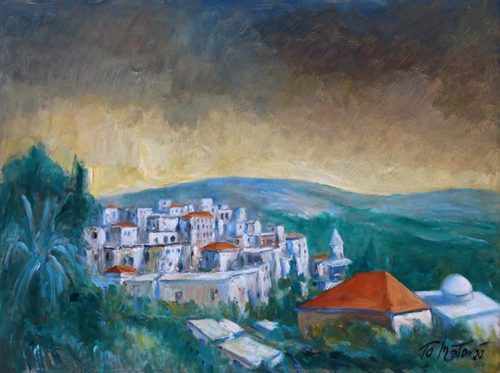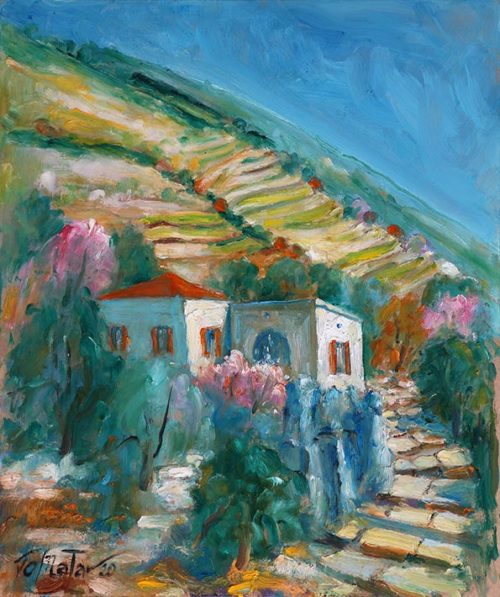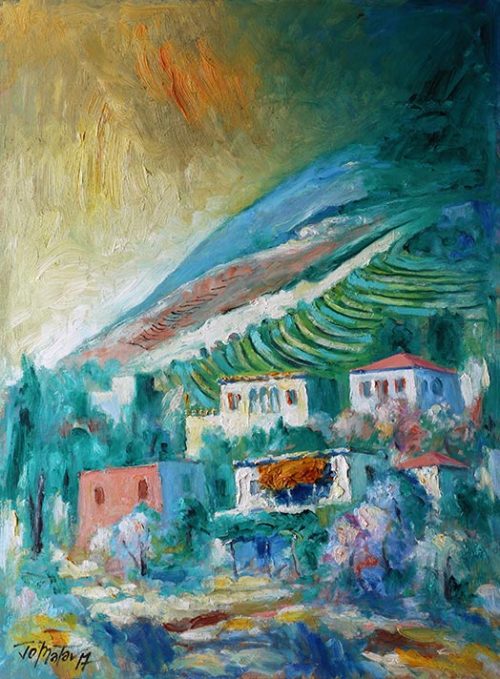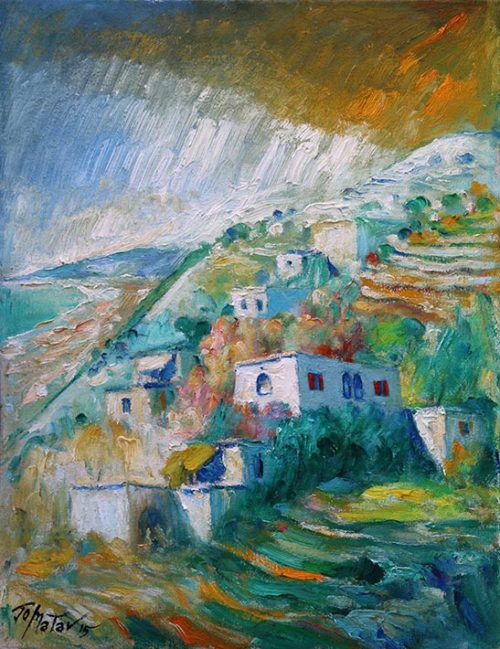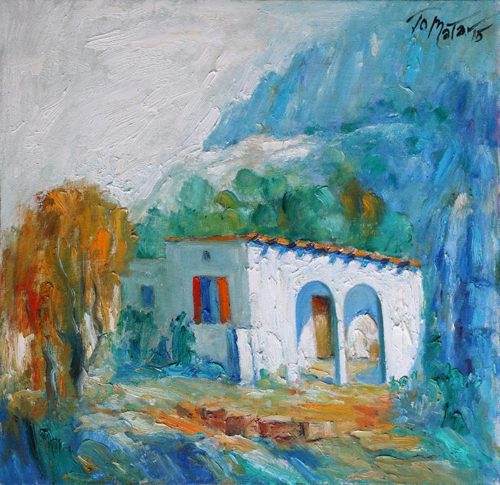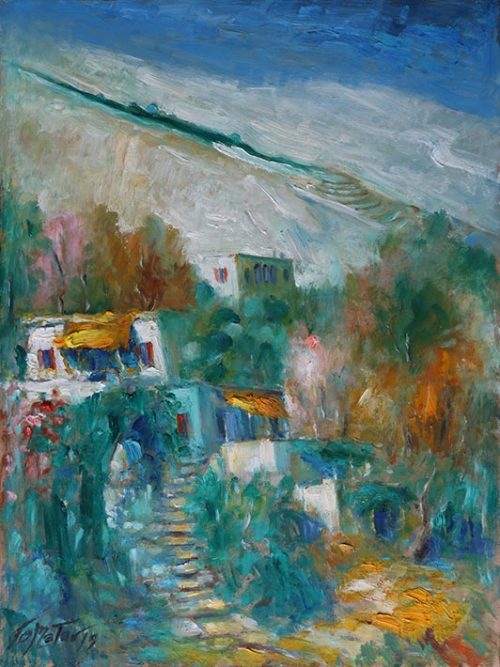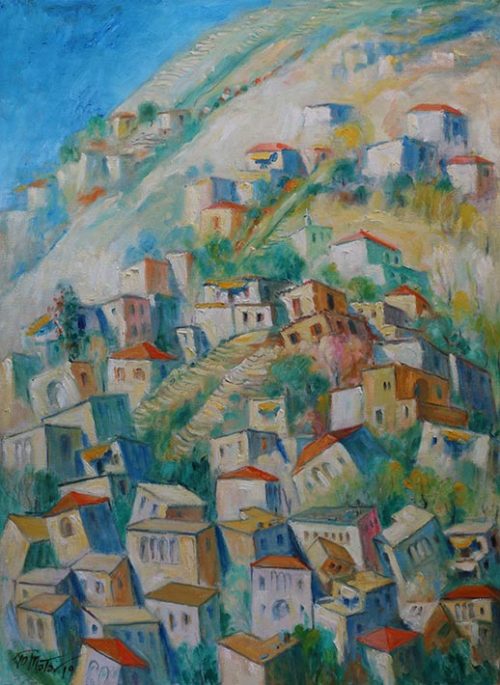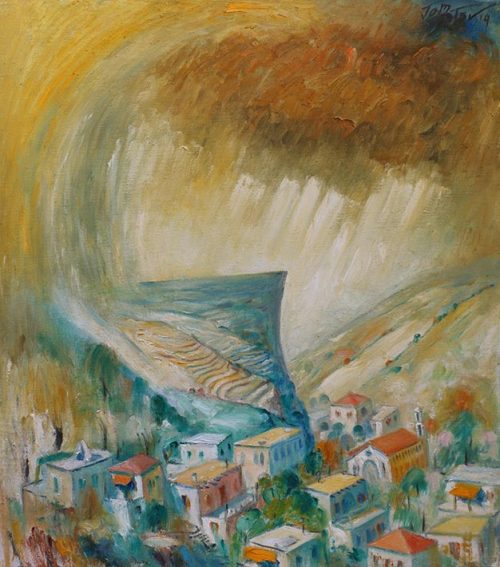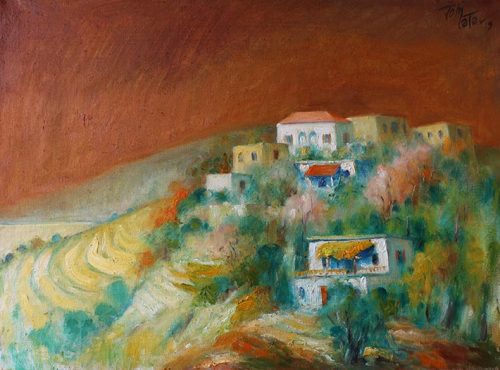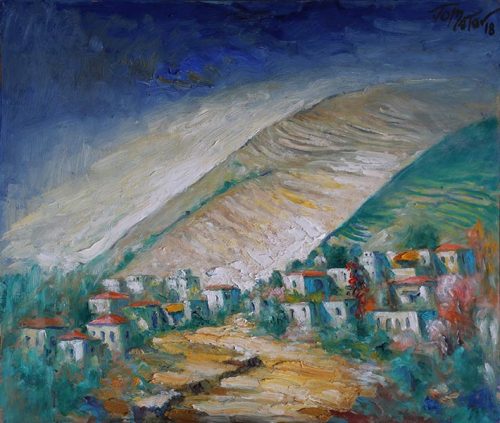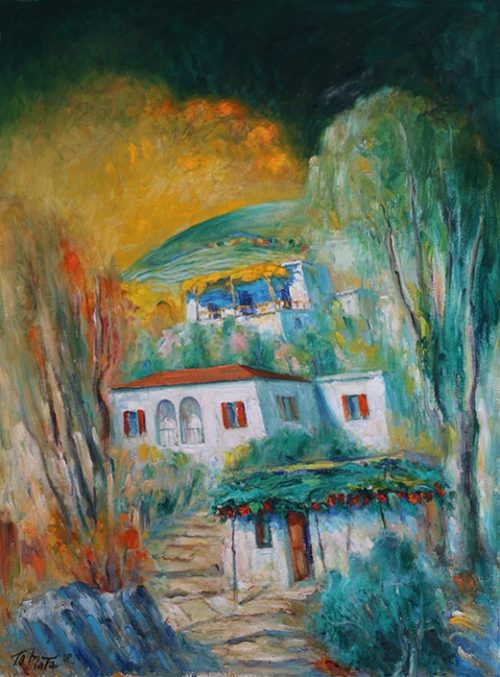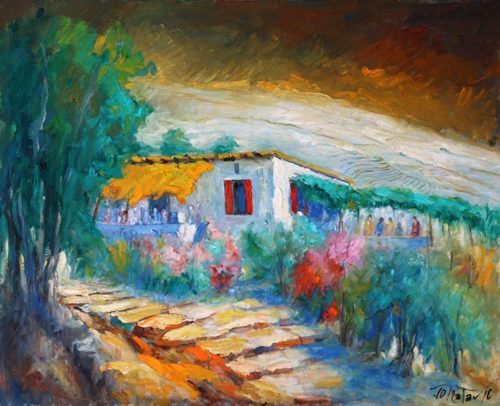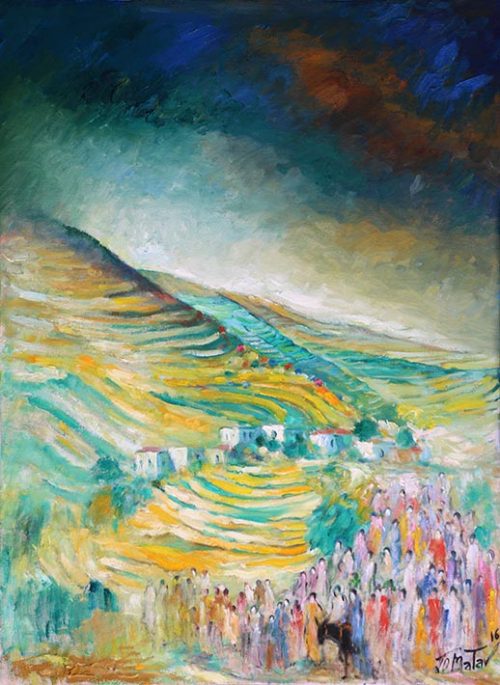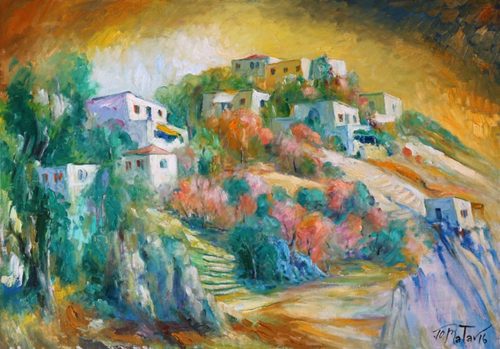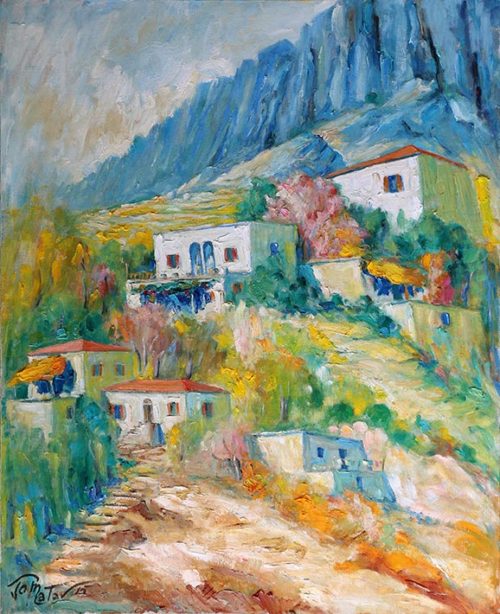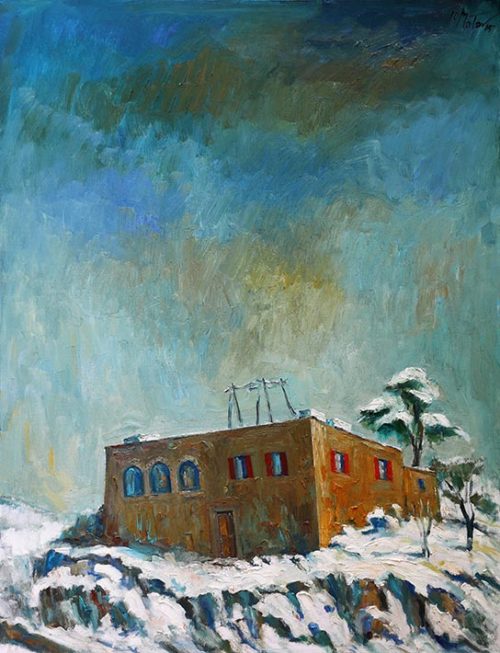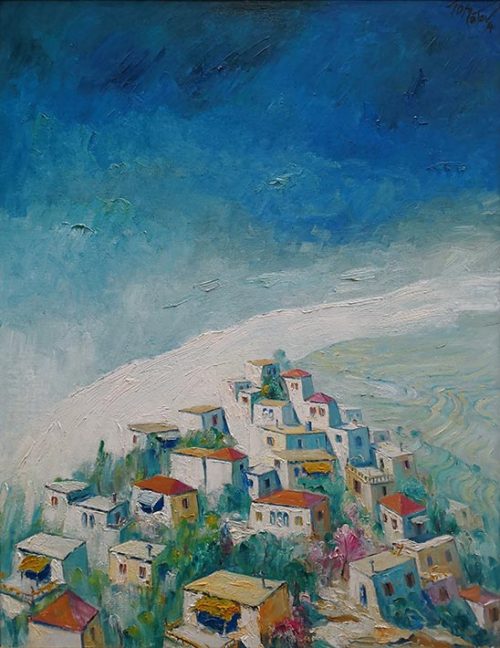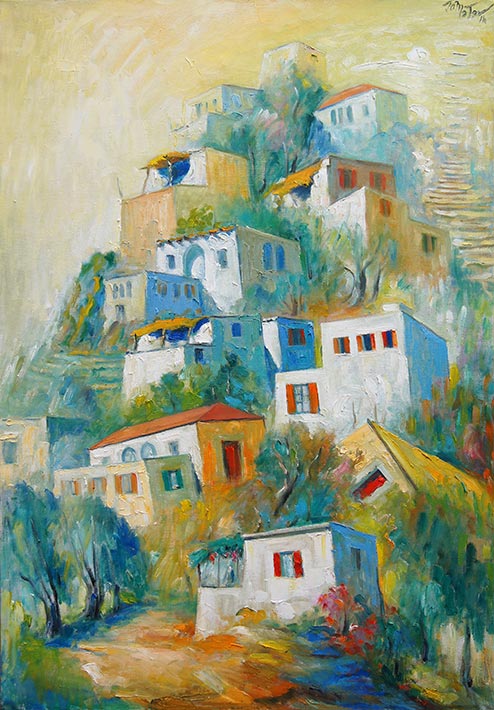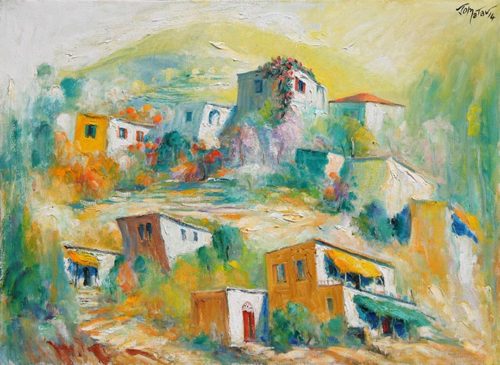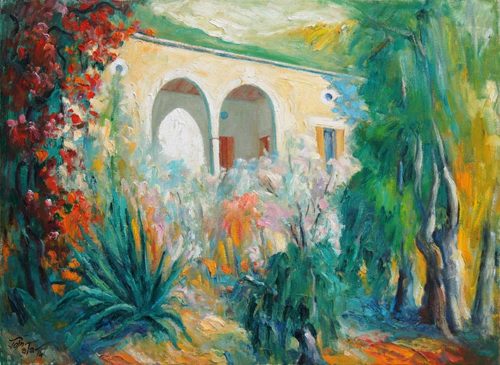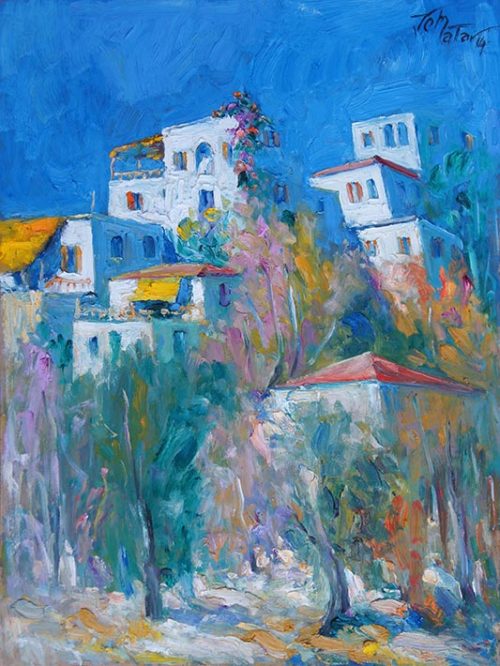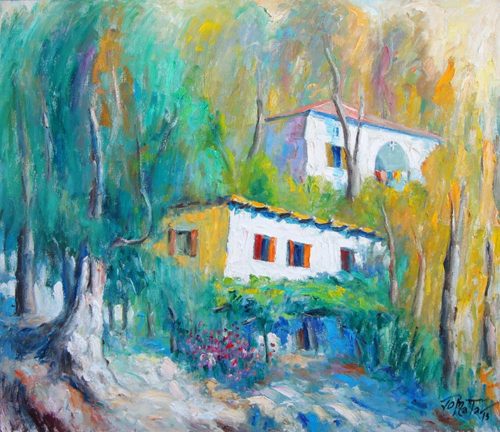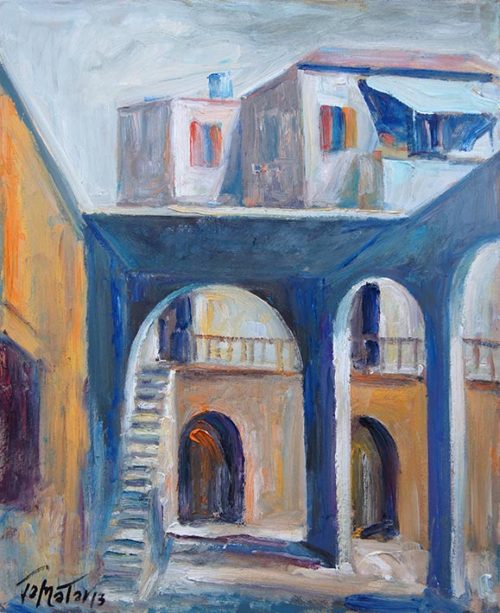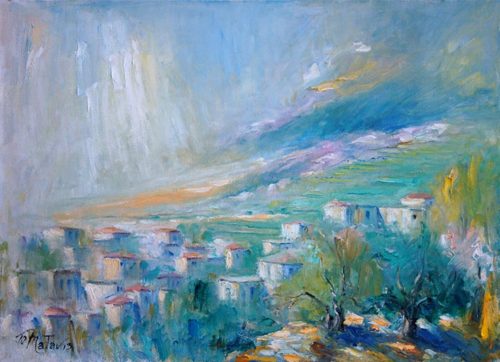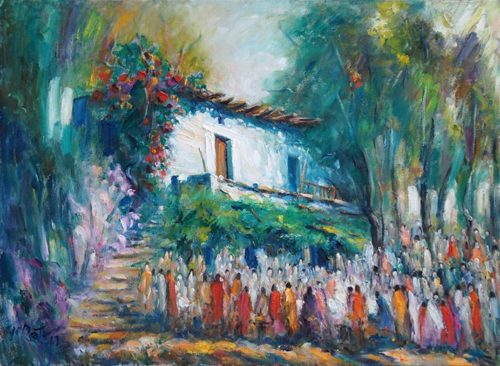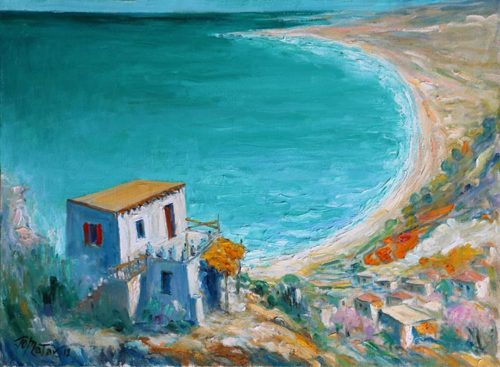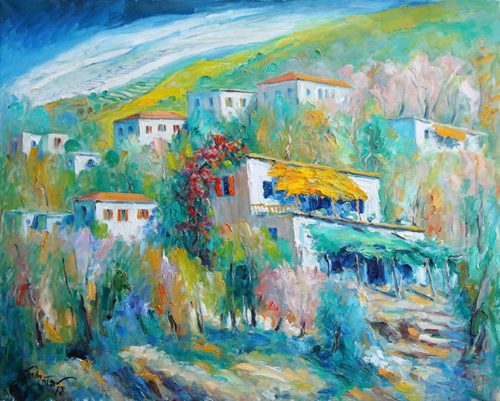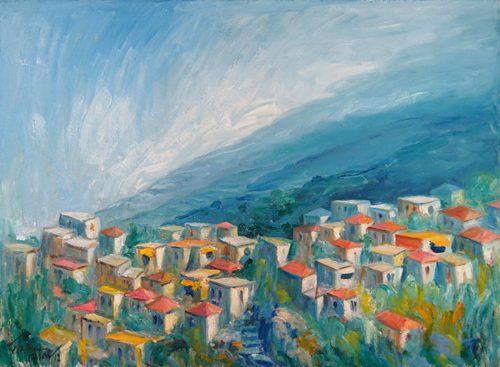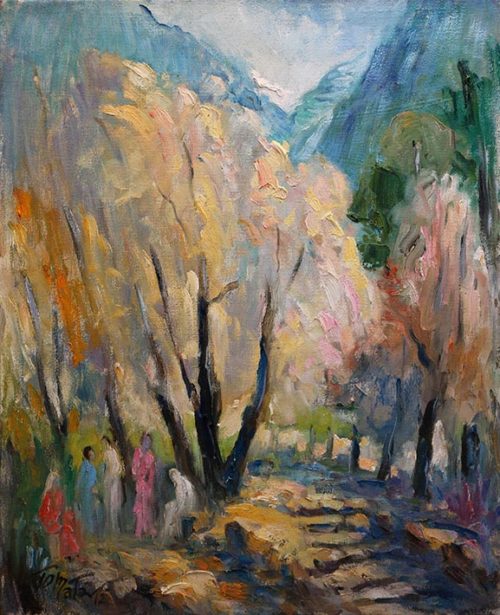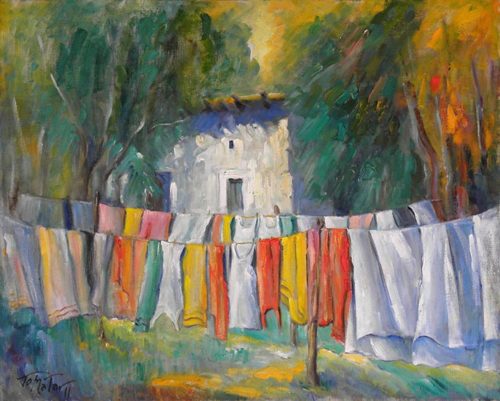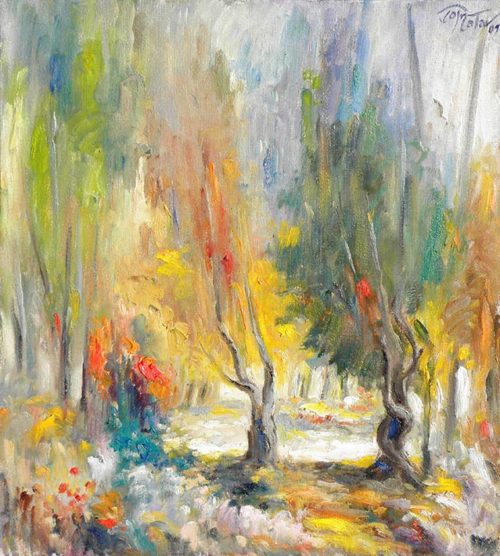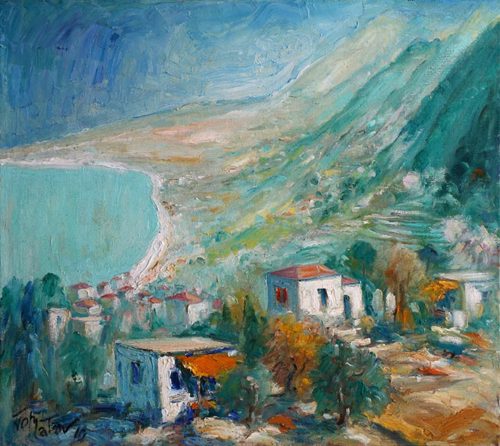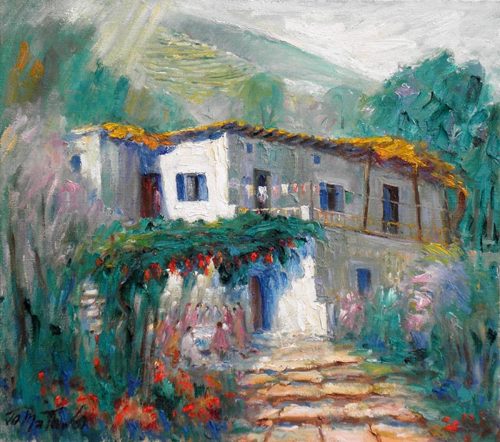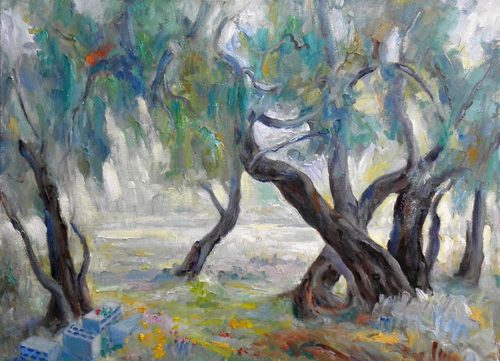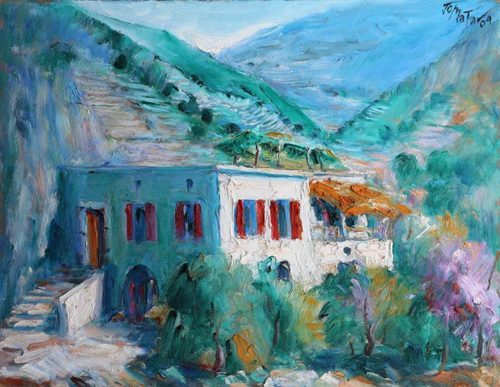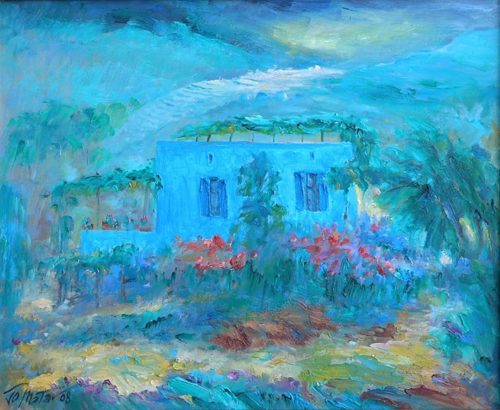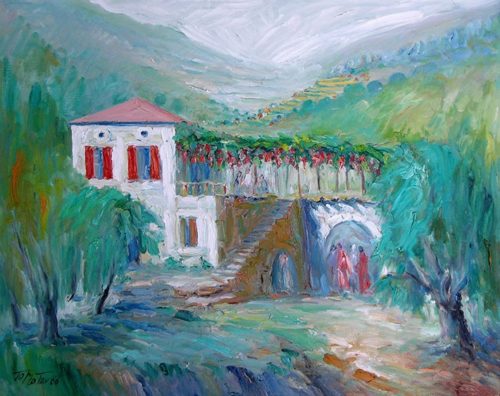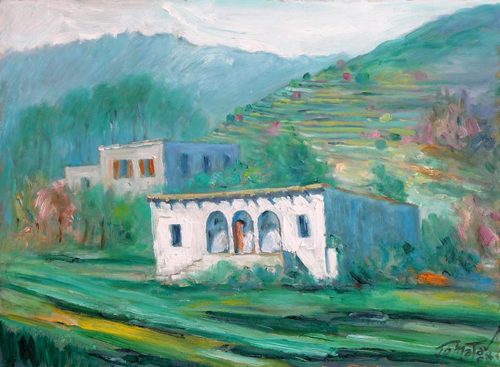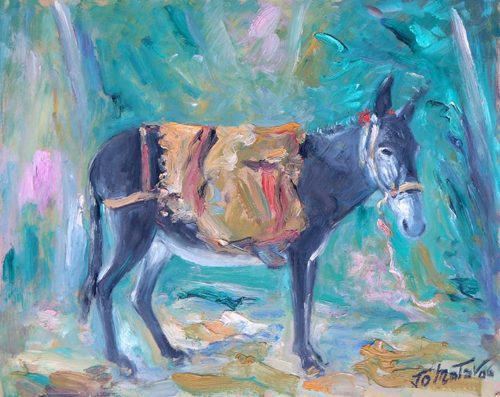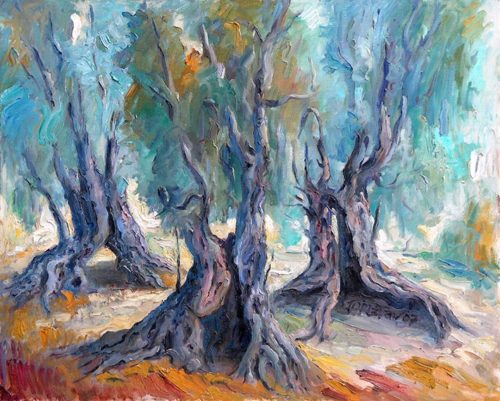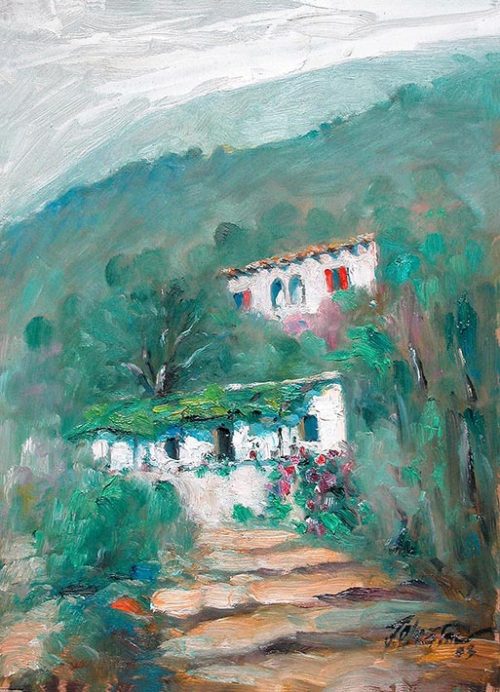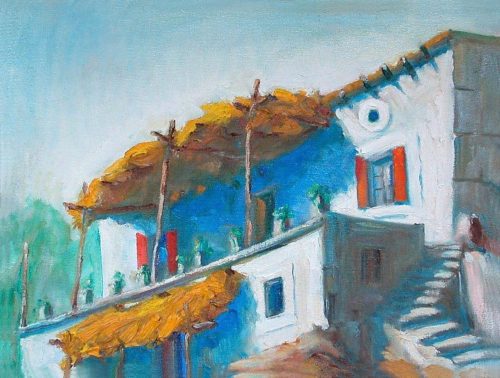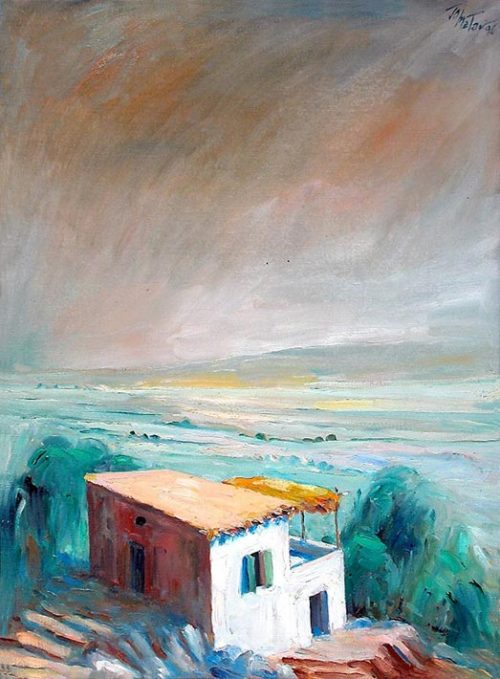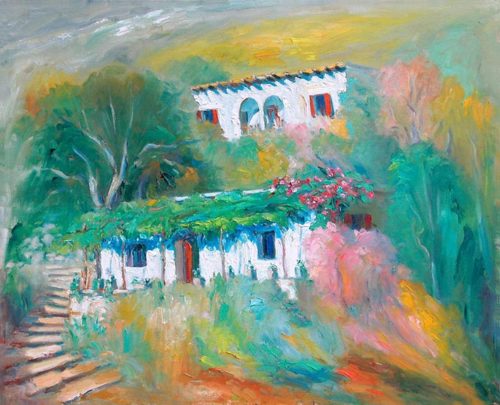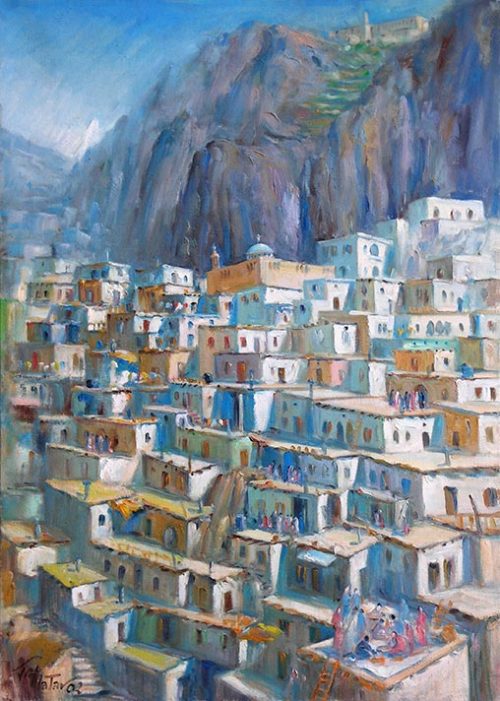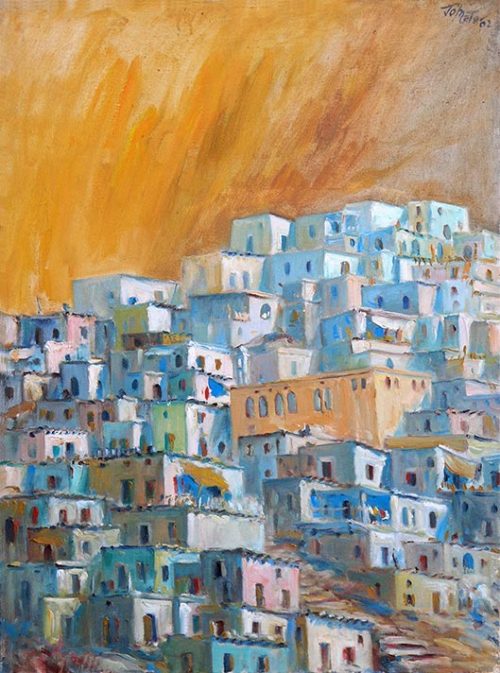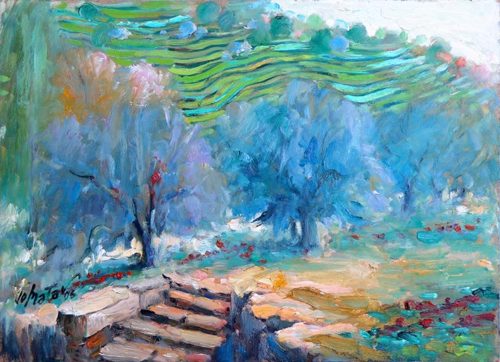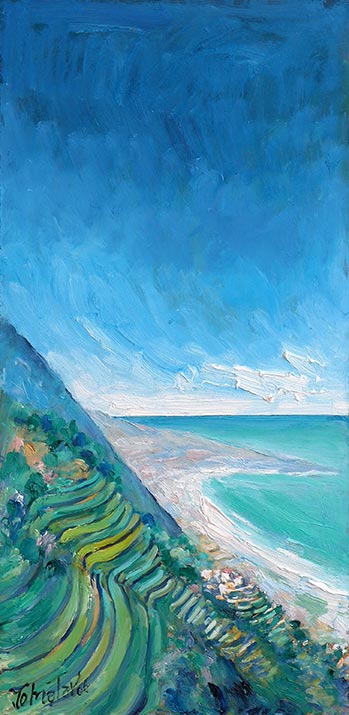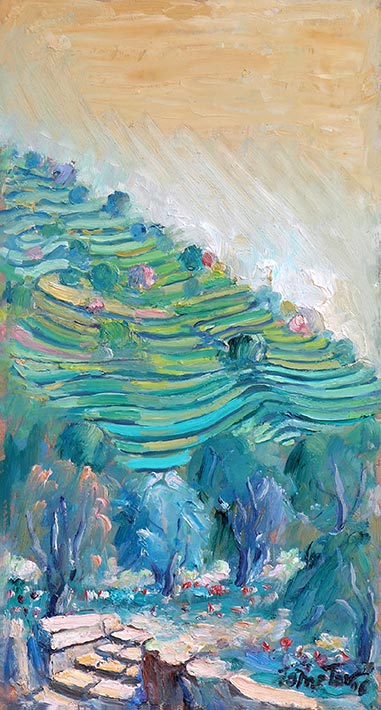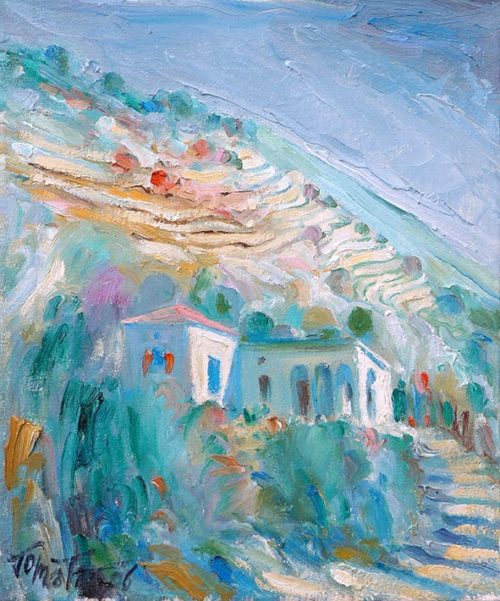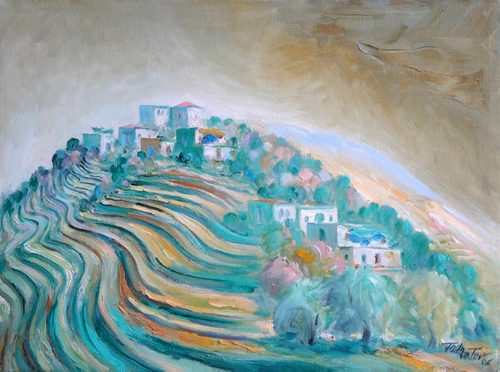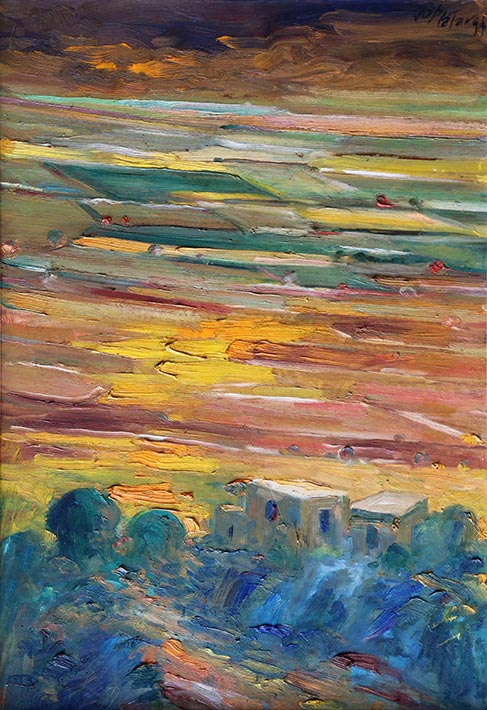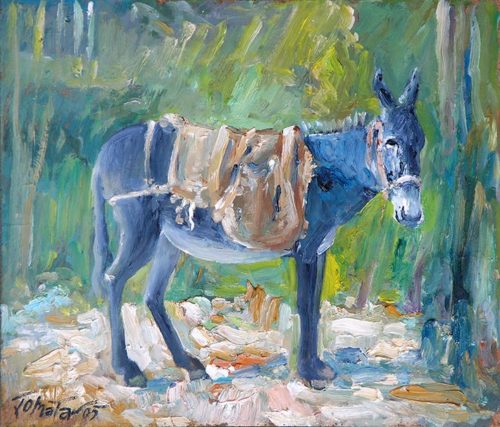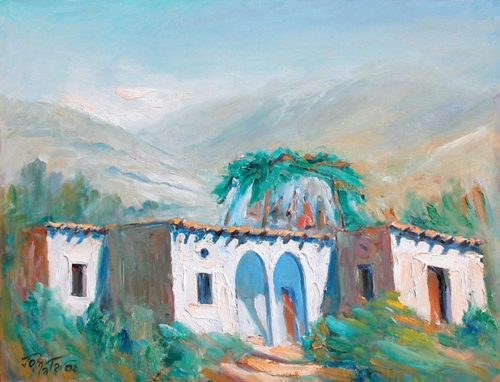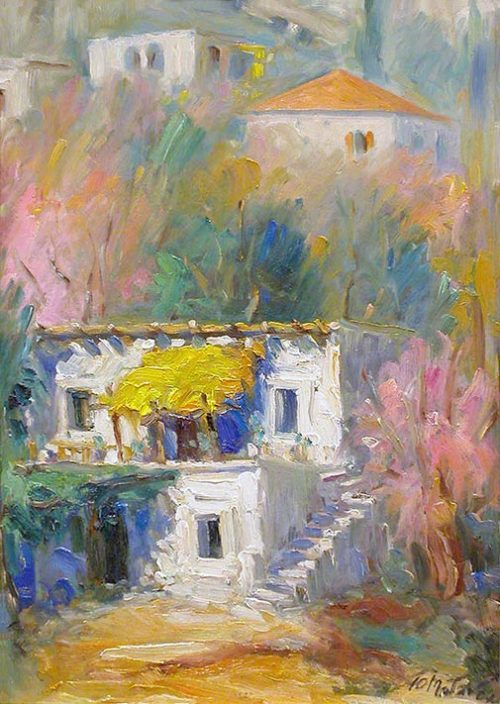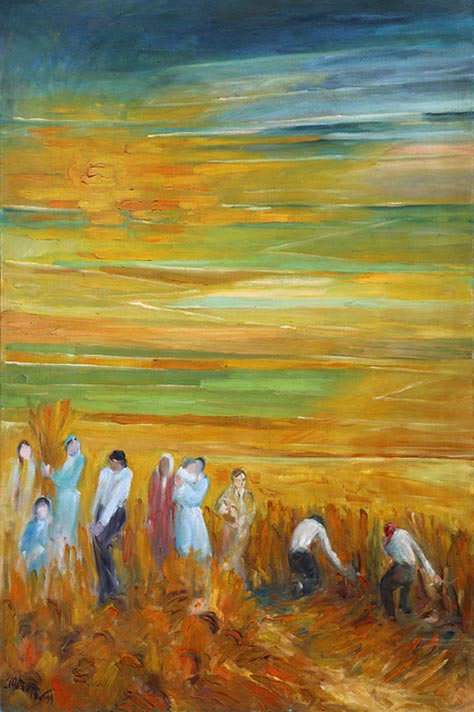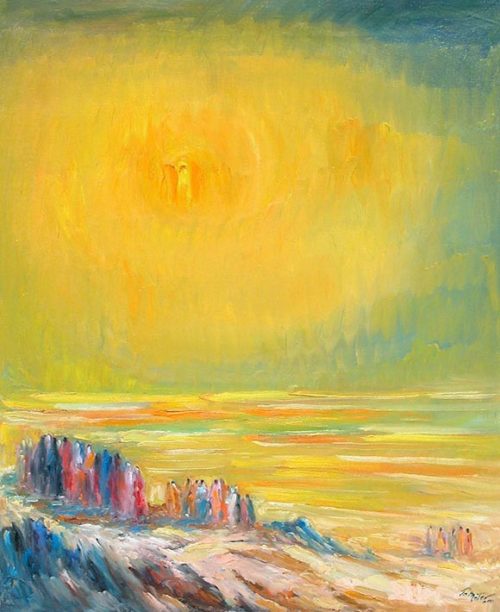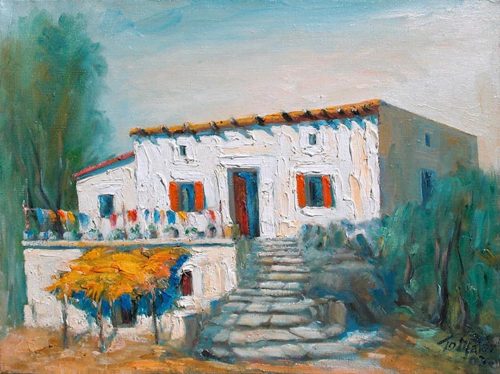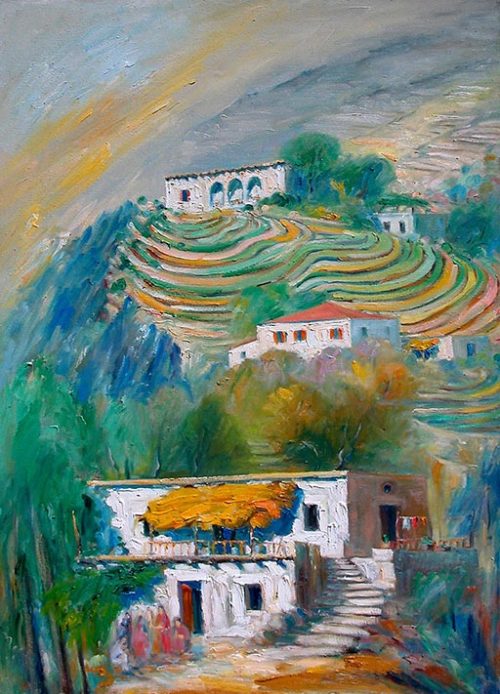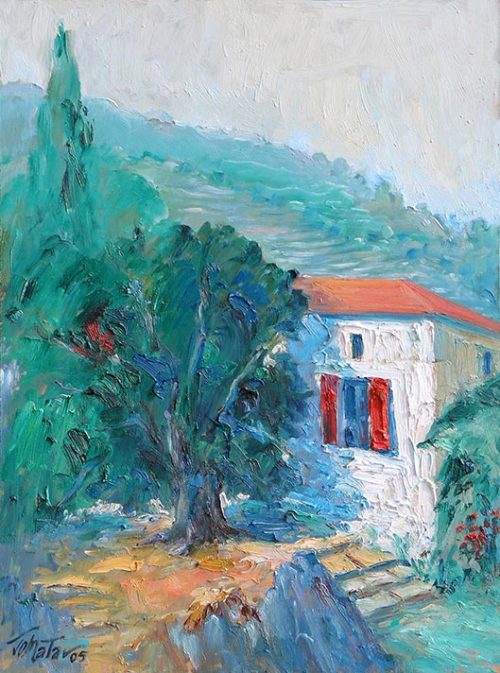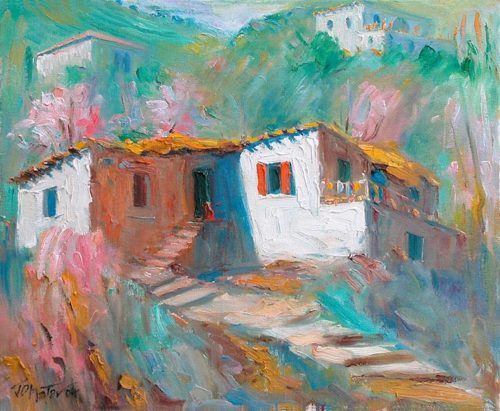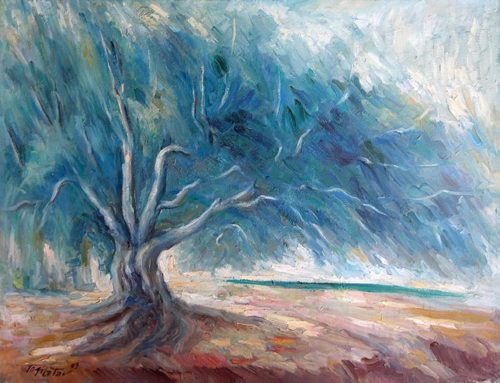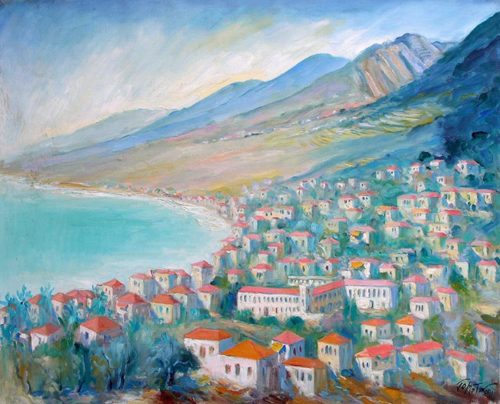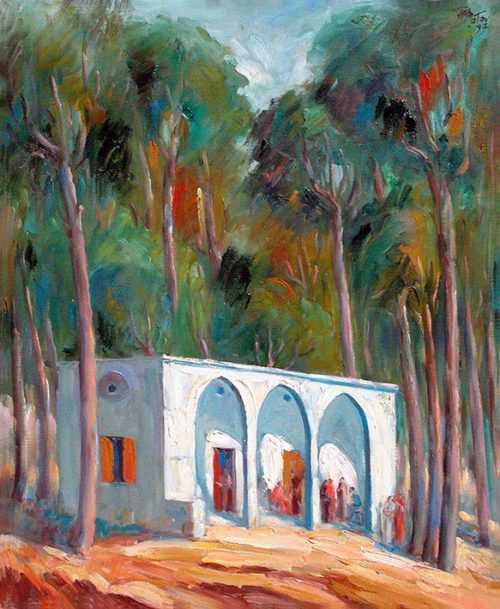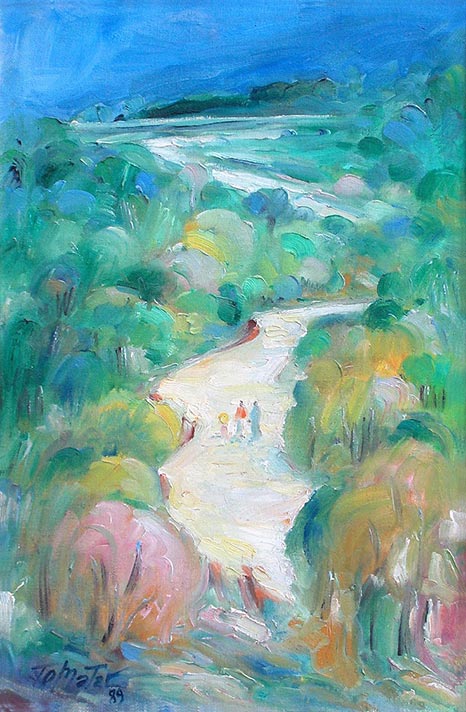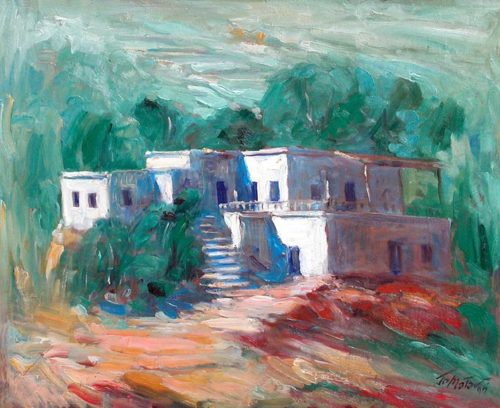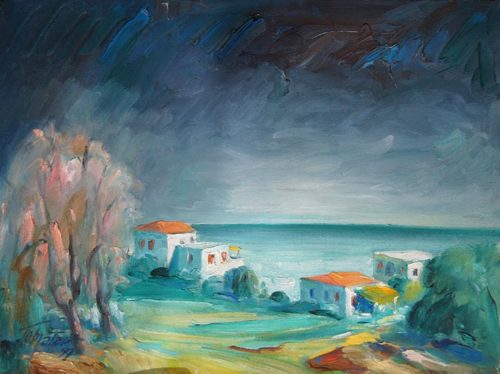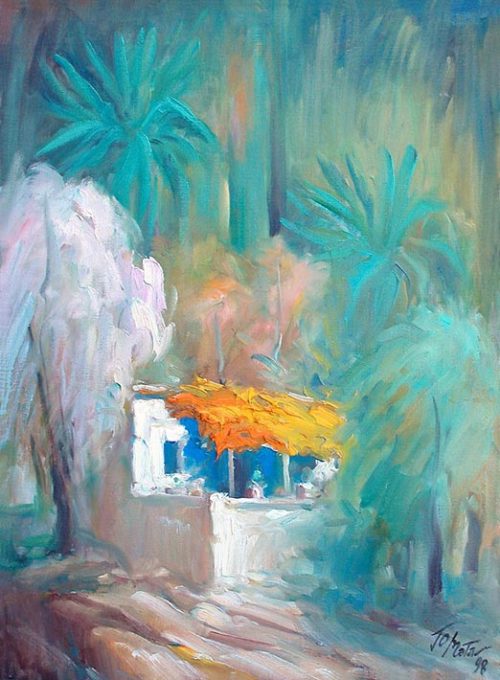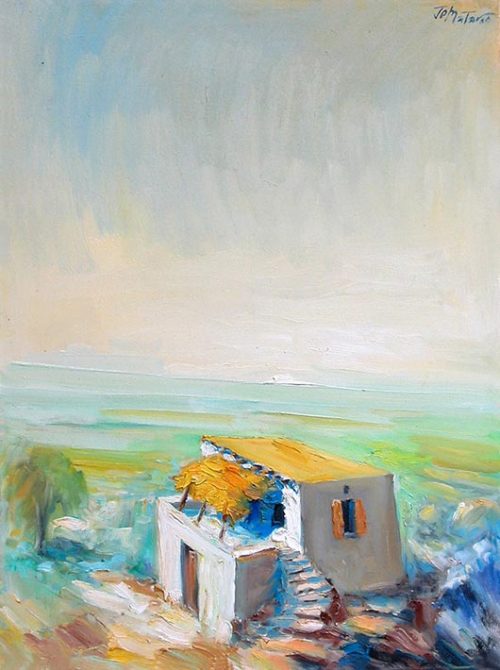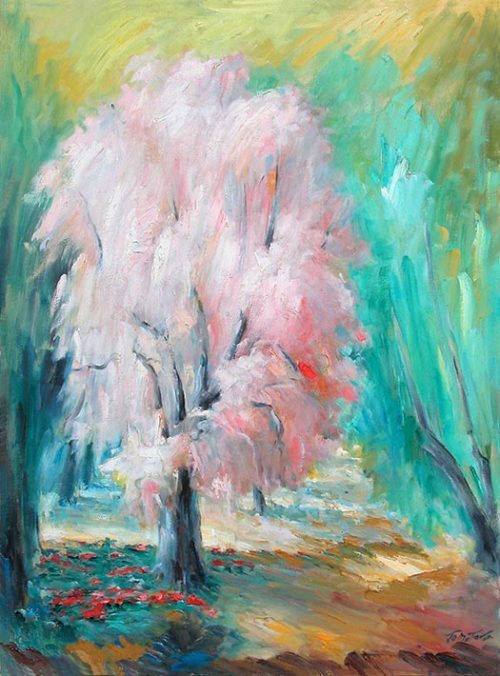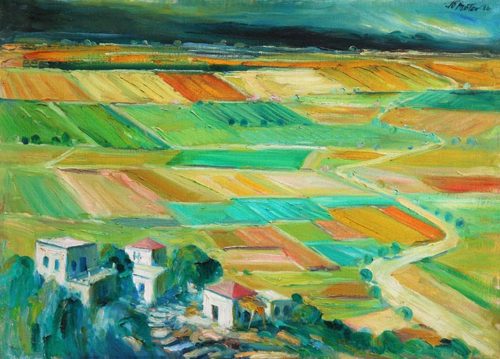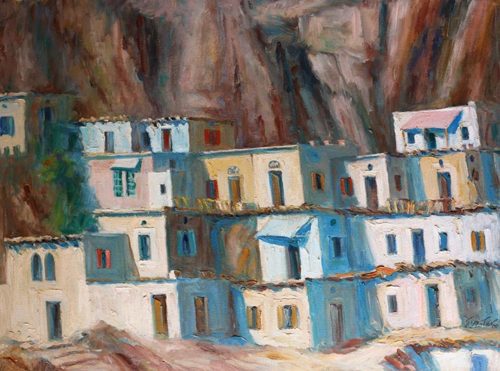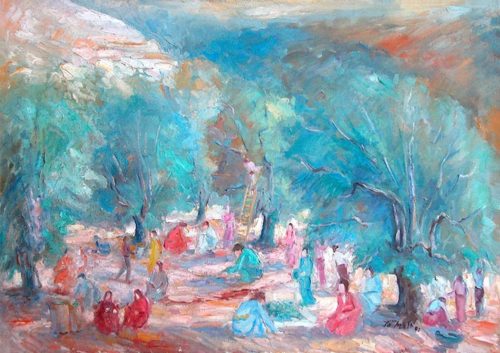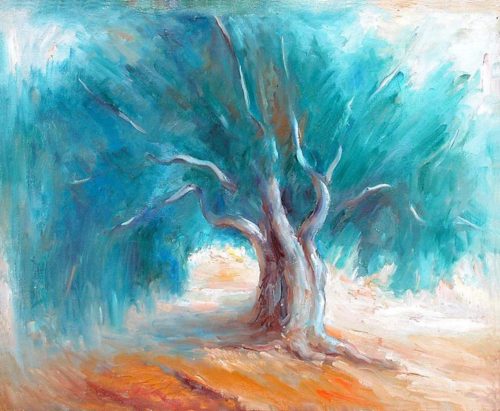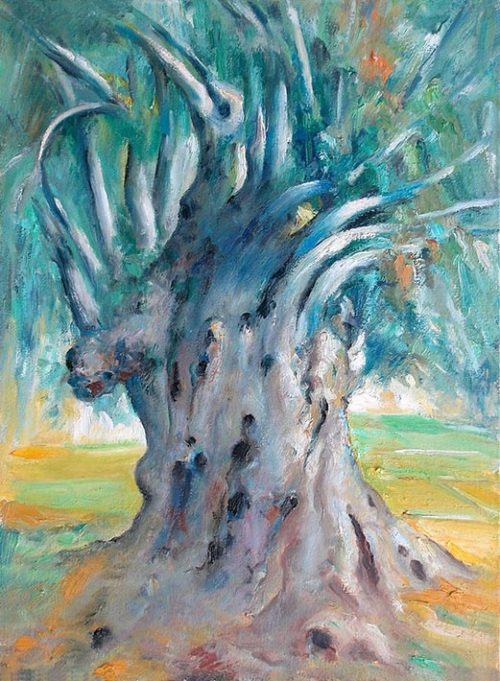Landscape
This is an invitation to join us in a tour with Joseph Matar. Here, through the guidance of the artist, is a poetic picture of Lebanon, the land mentioned in the Bible, oft in terms of unparalleled “excellence” and “glory”. The unique charm of this tiny country is glowingly reflected in the fascinating paintings of Joseph Matar . These paintings will appeal to most on-lookers as true representations of Lebanon’s rural environment and enchantment.
As the landscape and the values of Rural Lebanon have become so threatened by the assaults of urbanization and globalization, and as the prospects of oppression and violence boom over the horizon of the third millennium, the need to look afresh at Lebanon through the paintings of Joseph Matar transcends nostalgic curiosity.
This artist has recorded more than physical features and actual scenes. His paintings have captured the beauty and the splendor of the land, along with the hopes and worries of its inhabitants. Therefore, these images convey the perennial heritage and the noble values of Lebanese people and advocate for them to be recognized, appraised and reasserted, within the country and abroad.
Hence, the present selection of Matar’s paintings is a small memento of Lebanon that reveals how culture and art embody forever man’s relationship with environment, with his fellow men and with himself.
The quality of art is either an accident or the expression of an inner strength. The authentic expression of the inner, that is the art of Joseph Matar. To succeed as a figurative artist in Lebanon nowadays, is either a struggle or a glory. Thus, Joseph Matar has succeeded in a fundamental design, the design of converting struggle into glory, the “glory of Lebanon”.
Originally the landscape was only an accessory in art, forming a background for portraits, as in La Joconde, the Mona Lisa, or making up scenery for a composition. It was only in the 16th century that it became independent and in the 17th and 18th that it took on importance, with the English and French painters who worked in the open air. Landscape is Nature created in a human dimension through the creative artist, the man added to Nature.
In Lebanon, Joseph Matar made a revolutionary use of it through his choice and execution of motifs. In point of fact, the real motif is the artist himself, who picks on the Lebanese countryside going from the seashore up to the mountain summits, with the villages, the highly individual houses, the trees each having their particular character, the undergrowth, the plains, and the work in the fields, above all with its scenes of harvest time and the distant horizons.
Major elements are the light and color. In the landscape it is the light which is painted and which leaps out from the work. The true sun is the soul of the artist, while the paint models the forms and flows abundantly into furrows, the earth and volume. The rocks impose their presence, as do the yellowish or greenish skies, with quivering touches and movement. The storm, the spring, the seasons, the almond trees, the olive trees, the carob trees, all are expression and presence. The finished work is independent of its creator, having its own life and destiny and adorers.
The reproductions and postcards are something outside, as is the topography. Some landscapes have been done from memory.
Boutros Germani – William Matar




